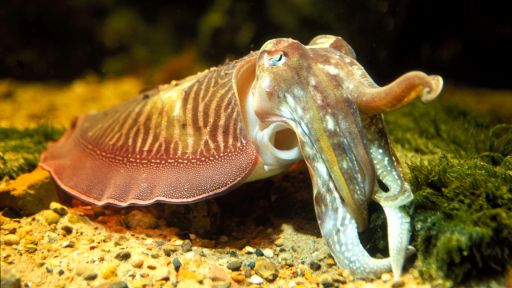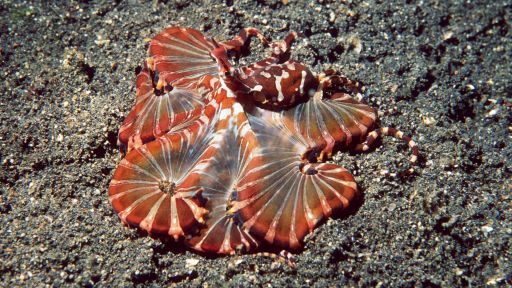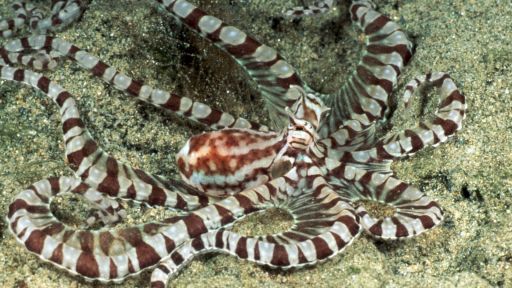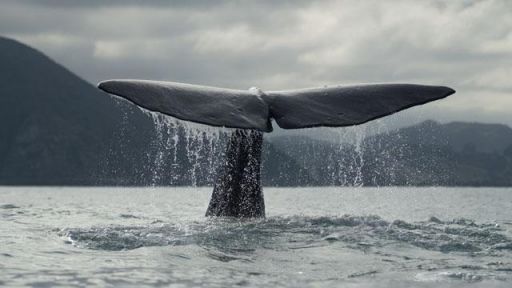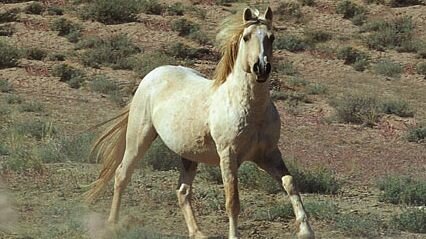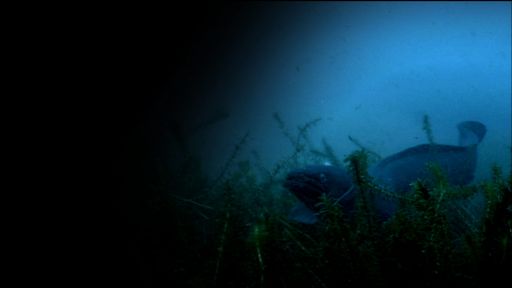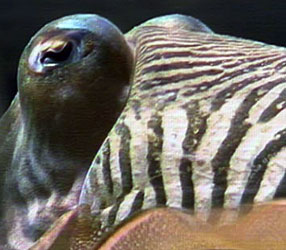 Dr. Clyde Roper of the National Museum of Natural History has studied giant squid for 35 years. In the spring of 1997, he led a $5 million expedition to the South Pacific to gather information on giant squid and other sea life. So far, the only evidence of the squid’s existence is the occasional carcass caught in a trawler net or found in the bellies of sperm whales. “It’s a big ocean out there,” says Roper, “and we don’t know precisely where the habitat is. We know it exists, but we don’t know exactly where.”
Dr. Clyde Roper of the National Museum of Natural History has studied giant squid for 35 years. In the spring of 1997, he led a $5 million expedition to the South Pacific to gather information on giant squid and other sea life. So far, the only evidence of the squid’s existence is the occasional carcass caught in a trawler net or found in the bellies of sperm whales. “It’s a big ocean out there,” says Roper, “and we don’t know precisely where the habitat is. We know it exists, but we don’t know exactly where.”
Just before Roper and his colleagues set out to investigate the mile-deep Kaikoura Canyon near New Zealand, local fishing boats hauled in four giant squid bodies.
After this discovery, they knew that they were on the right track. “It’s a matter of [spending] time in the water,” explains Roper, who compares the search to that for a rare bird in a spacious woodland: “If you spend enough time there, you will eventually see that bird.
Using a robot submersible vehicle equipped with a video camera, the crew recorded hours of footage of underwater life, but no giant squid.
“We’ll be going back to Kaikoura,” says Roper, who is raising funds for a future expedition to track down the giant squid, the creature he calls “the new dinosaur.”
He explained that he needs only a few minutes of giant squid footage to learn a great deal about the animal. “It will tell us about locomotion, and whether it is shy, neutral, or aggressive; if it is solitary or appears in pairs or schools.” His advice to anyone interested in these elusive creatures? “Join the hunt.”

